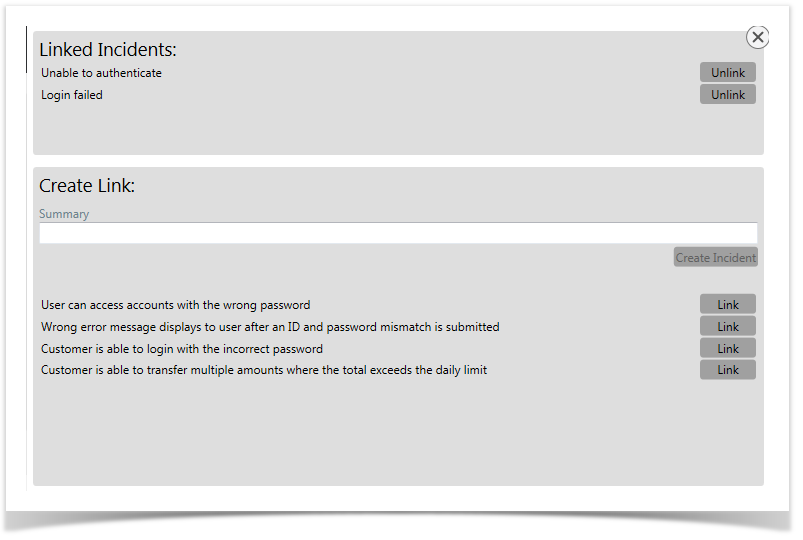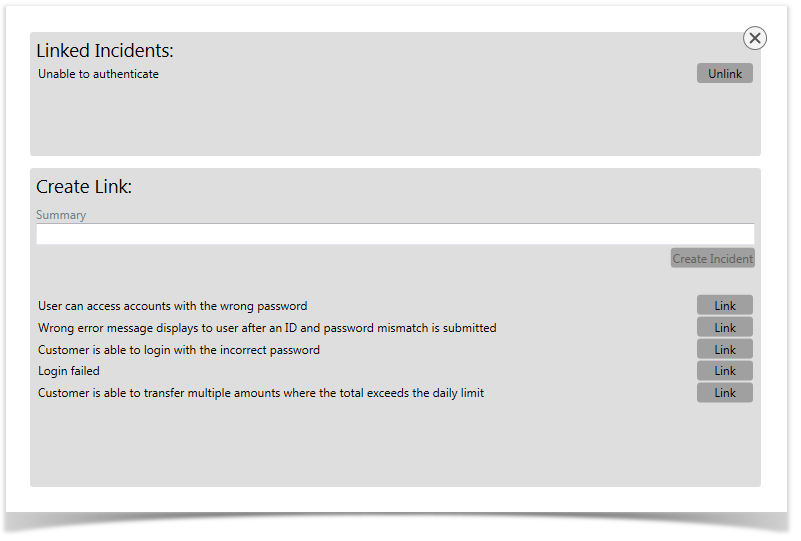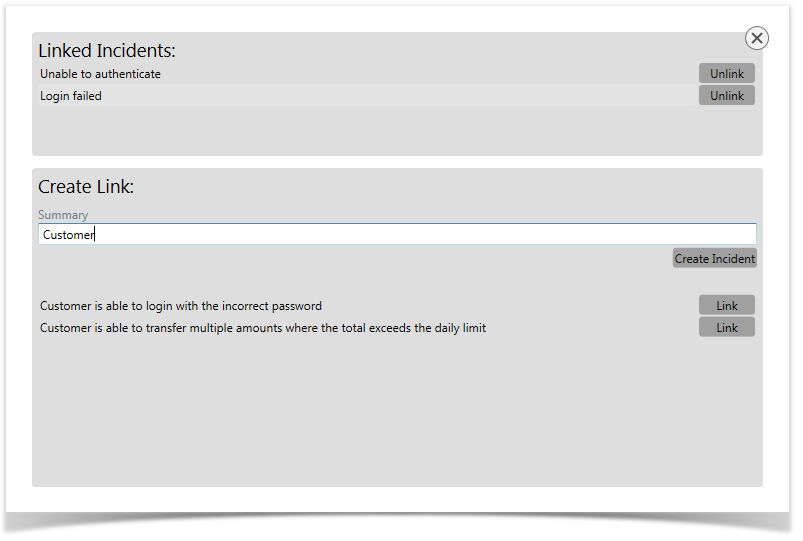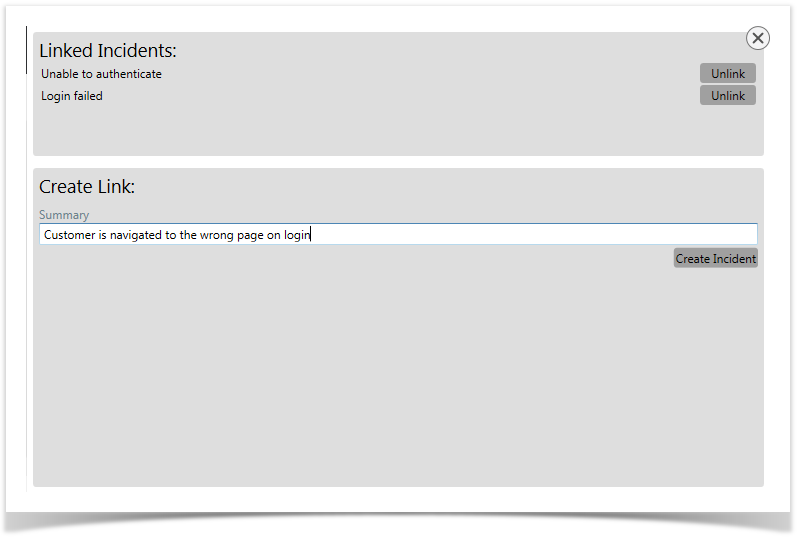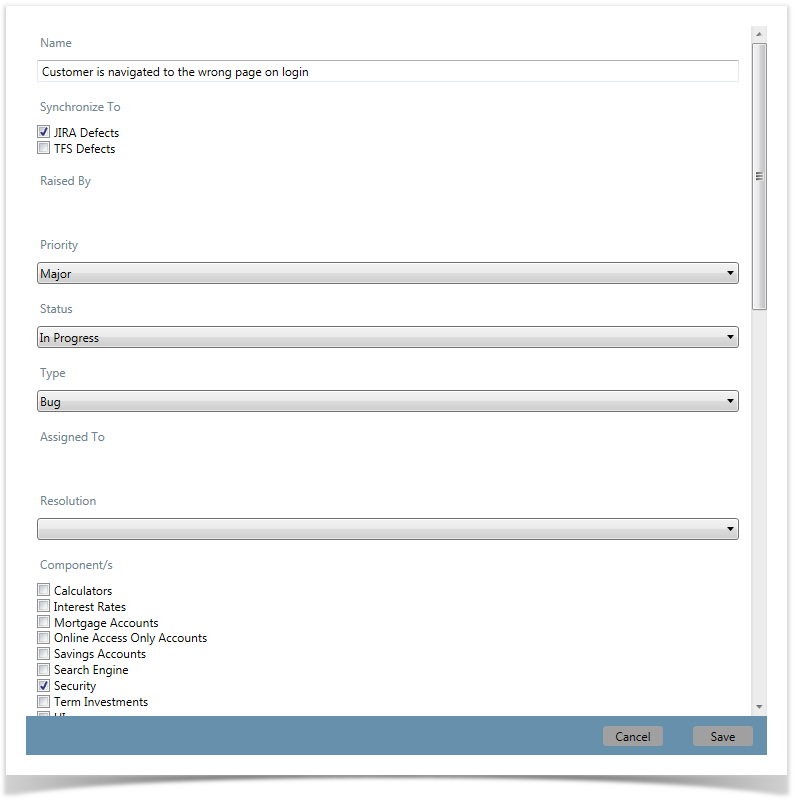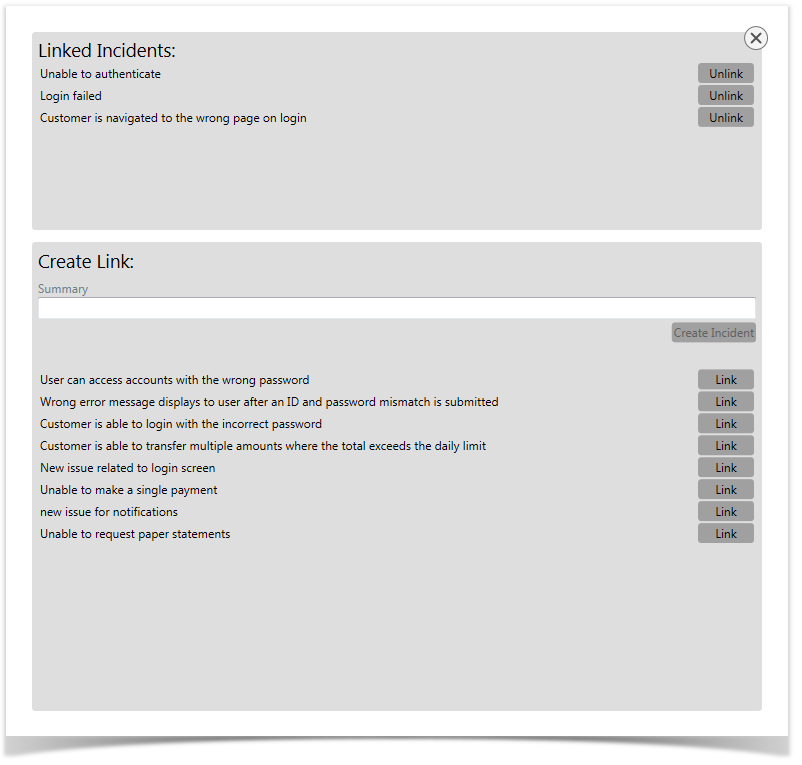Rover provides you with the ability to run tests from Enterprise Tester when you are on the go - working in remote locations, or in areas where internet connectivity is unreliable or unavailable.
Rover supports synchronizing both script assignments and incidents with Enterprise Tester. This article covers selecting incidents to synchronize and creating incidents during testing.
Although internet access is not required to run tests in Rover, internet access is required:
- When downloading script assignments and incidents from the ET server.
- When uploading test run results, new incidents and new comments on existing incidents to the ET server.
The Getting Started article provides an introduction to help users become familiarized with Rover.
Copying Incidents from ET to Rover
An internet connection is required for this task.
After logging into Rover, the navigator will display the execution set folders in the first project listed in the Enterprise Tester navigator.
In Enterprise Tester:
In Rover, the execution set icon is highlighted in green and the default project is displayed:
You can change the project by selecting from the drop down list. Projects are organised into categories, just like in ET. Users will only be able to see projects that are defined in their user permissions on the ET server.
Once the project is selected, you can then review and select the execution sets and the incidents you wish to download from the ET server.
On the left select the tab with the bug icon to view all incidents in a project:
Incidents that have not yet been downloaded (or have been changed since you last downloaded) to your device will display the download icon:
You can also select all by clicking or tapping on the Incidents folder at the top of the list:
You'll also notice that once a incident has been downloaded from the server to the client machine/device the script assignment icon will change from:
-White left corner with a green dot - this icon denotes that the script assignment is on the serve and has not been downloaded.
To:
- Solid orange square - this icon denotes that the script assignment has been downloaded, and has not yet altered on the client machine/device.
You can view a list of all icons on the Entity Icon section of the Getting Started article.
The Incident can be viewed and updated by clicking on the incident in the list.
Managing Incidents
When running a test you can log an incident straight from the failed step ( see the Execution Sets article for more information of running test) by clicking on the Incidents button.
The incidents screen will display any incidents that are already linked to the script assignment on the same step and an area from creating a new incident or linking to an incident that was downloaded from the ET server or was previously created. You can also create a new incident that will automatically be linked to the step.
Linking Incidents to the Script Step
From the Step Incident screen, you can view all linked incidents, link additional incidents or create a new incident.
Incidents linked to the step can be added by clicking or tapping on the Link button associated with an existing incident. All incidents that are already associated with the step are listed in the Linked Incidents section. These can be disassociated from the step by clicking or tapping on the Unlink button.
You can filter the existing incidents by starting to type in the Summary field. This will automatically filter all incidents that match the text you have entered
Creating an Incident
Incidents are easily created by adding a summary in the text field under Create Link and then clicking or tapping on Create Incident.
The Incident Create screen will appear where you can all of your details including all the fields that have been configured in ET, attachments and comments. You can also select the External System Link ( Defect Tracker Project Link e.g. JIRA or TFS projects) that have been pre-configured in ET for your project. If you select a external link, the incident will be synchronized with your external system ( JIRA or TFS) when the incident is uploaded to the ET Server.
When you have finished entering your details, click or tap on Save. You will be returned to the Step Incident screen and your newly created incident will appear in the Linked Incidents section.
You can now either close the screen to return to your run or log another incident.
Once you have completed your testing, you can synchronize your runs and incident back to the ET Server. The Synchronization article provides details on how to complete this task.
